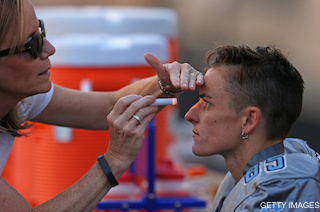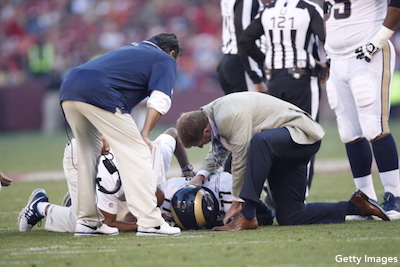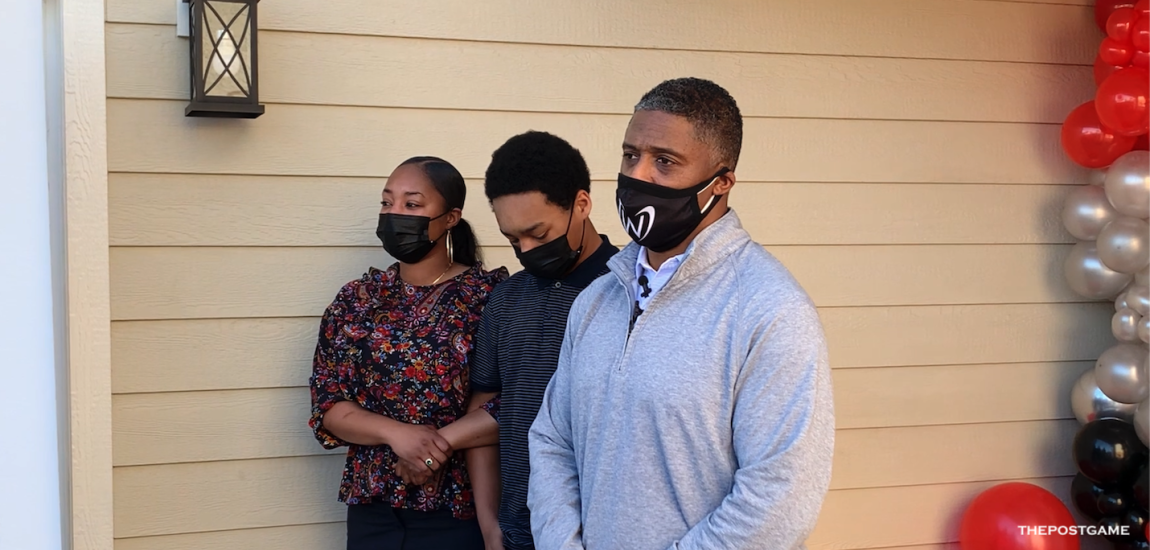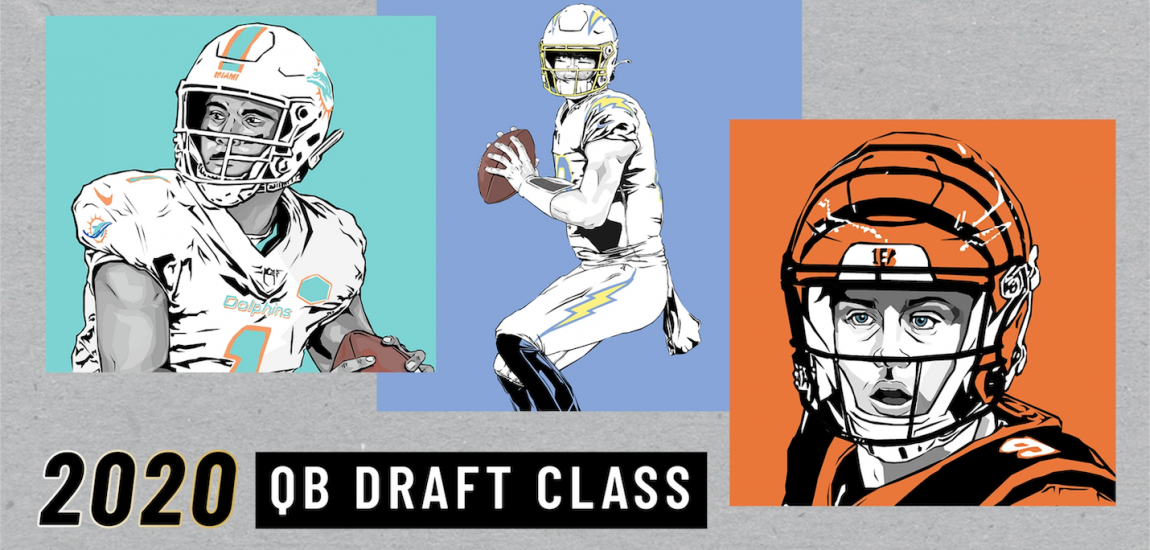The new film Concussion delivers a shock to the system of everyone who follows the NFL and other collision-oriented sports. When Concussion, starring Will Smith and directed by Peter Landsman, opens Christmas Day, it will jump-start public awareness of the ticking time bomb and diagnosed health epidemic caused by athletic concussion. Awareness is a critical first step, but action to minimize the risk is urgently needed. The good news is that action is already underway on a variety of fronts.
This action is necessary because if 50 percent of the mothers in this country become aware that playing football may lead to ALS, Alzheimers, premature senility, depression and chronic traumatic encephalopathy, they may tell their teenage sons that they can play any sport, but not tackle football. It won't kill football, but it will change the socioeconomics so that the only people who play are those who currently box, needing it to escape economic circumstances. The knockout blow is the tip of the iceberg. Sub-concussive hits occur every play.
The NFL may be the straw that stirs the publicity drink, but millions of concussions occur worldwide from all sports that involve collision. Concussions also occur in accidents ranging from bicycles to motorcycles to falling off a horse. This creates a worldwide market and a profit incentive to develop products that help prevent concussion, minimize the impact of the blow, and cure the concussed brain. Unleashing research and development in medicine, engineering and technology will advance the tools available to deal with the crisis. What follows is a description of some of these efforts. There are thousands of researchers and engineers involved in the effort, and they are all to be lauded.

Former NFL Executive Terry O'Neil started a program called Practice Like the Pros. It advocates that all football played below the ninth grade be limited to flag football. It has aggressively advocated stopping full contact practices in spring, summer and the off-season, and pushed for limits in-season. States like California have enacted laws supporting this. Former coaches Sam Wyche, Mike Ditka, Jon Gruden and Dick Vermeil are supporters.
Dr. Mark Lovell developed a baseline testing program, IMPAACT, which allows a cognitive baseline to be established before an athletic season and compared with a post-concussive state. The goal is to keep impacted players from reentering a game or returning to practice or play too early. There is a King-Devick test, which has proven effective. A variety of technologies designed for instant detection of impairment on the sidelines have been developed, and more are on the way. Playing surface matters. A company called Viconic has developed an under-layer for synthetic turf that may help with "impact management" by cushioning the head and lower limbs when they hit the ground.
The current football helmet simply protects against skull fracture. Jenny Morgan and Tate Technology have developed a groundbreaking system for helmetry, which employs coil and compression to displace the energy force hitting the helmet. Instead of entering the brain, the force is redirected. They are showing 46 percent force reduction and believe they can redirect much more energy. The University of Washington has a promising design. Diamond Seal Sports and Kevin McLean have developed a nano-technology called Helmet Glide which is applied to the surface of the helmet. It has been used at schools like USC and reduces the impact of colliding helmets.
Once the concussions occurs, how can the brain be healed? Dr. Jacob Vanlandingham has a nasal spray called Prevacus, which can minimize brain swelling if applied quickly after the hit. Dr. Daniel Amen and Dr. Kristen Willeumier have treated hundreds of retired NFL players with a combination of a brain spect followed by supplements and hyperbaric oxygen. Dr. David Dubin has shown promising results with the use of neuro-feedback. Dr. Robert Cantu and Chris Nowinski have created a center for research into treatment called the Concussion Legacy Foundation in Boston. Dr. Robert Stern and Ann McKee have established Boston University as a center for that research.
Dr. Julian Bailes has been in the forefront of concussion based research. Hoag Hospital in Newport Beach has partnered with the Cleveland Clinic in a search for solution. This is but a partial list. Stem cell researchers are hopeful that the work they are doing in the field of Alzheimers will have benefit to traumatic brain injury victims.
We will soon announce a foundation called "Athletes Speak Concussion" with iconic athletes advocating awareness and solution. Many of the leading neurologists in the field have agreed to serve on an advisory board. I speak out on this issue daily.
The NFL dominates American culture; it is not going away. Neither are other collision sports or automobiles, motorcycles, bicycles or horses. Concussions occur in all these activities. Awareness and innovation in prevention and treatment is urgently needed.

-- Leigh Steinberg has represented many of the most successful athletes and coaches in football, basketball, baseball, hockey, boxing and golf, including the first overall pick in the NFL draft an unprecedented eight times, among more than 60 first-round selections. His clients have included Hall of Fame quarterbacks Steve Young, Troy Aikman and Warren Moon, and he served as the inspiration for the movie "Jerry Maguire." Follow him on Twitter @leighsteinberg.




























